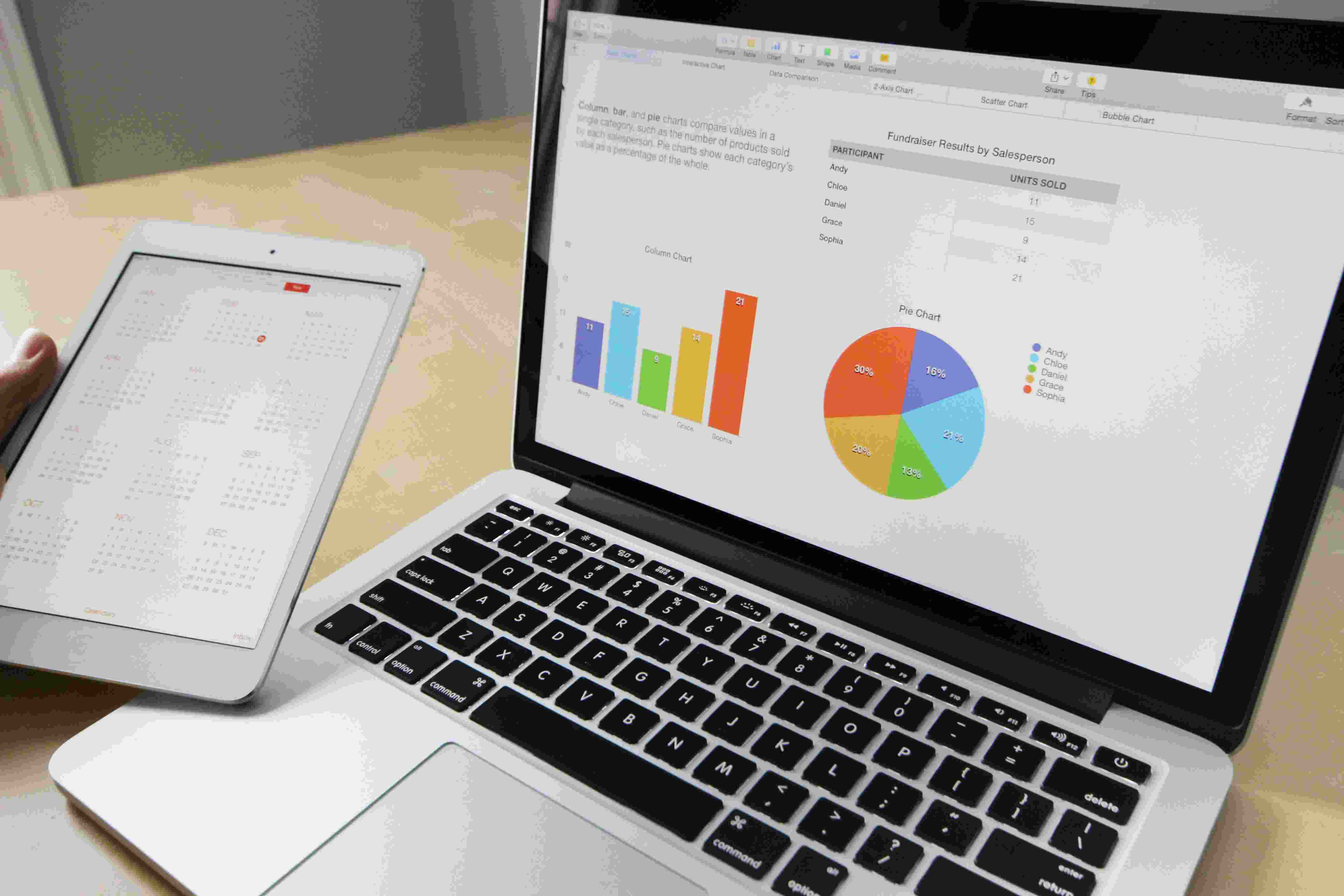The course on Informatics Practices is meticulously designed to provide students with a comprehensive understanding of computer systems, emerging technologies, and programming fundamentals. The curriculum follows the CBSE guidelines and incorporates NCERT content, ensuring a robust, standardized education. This course aims to prepare students for advanced studies in computer science and successful careers in technology and data science.
What You'll Acquire:
- Core Computing Knowledge: Gain a solid understanding of key computer science concepts, emerging trends, and industry norms.
- Programming Skills: Learn essential programming principles, including Python basics, working with data structures, and database management.
- Data Handling Skills: Understand the fundamentals of data analysis, NumPy, and SQL for managing and analyzing data effectively.
- Technological Proficiency: Develop critical thinking and technical skills necessary for navigating and contributing to the modern technological environment.
- Structured Curriculum: Follow a well-organized curriculum aligned with NCERT standards to prepare for higher education and professional opportunities in technology and data science.
Who Can Learn: This course is ideal for:
- Recent Graduates: Students who have completed their 10th grade and are looking to specialize in computer science.
- Aspiring Technologists: Individuals aiming to build a career in programming, data science, or information technology.
Comprehensive Curriculum Featuring:
Part I: Foundations of Computer Science
Chapter 1: Computer System This chapter explores the fundamental concepts of computer systems, including hardware, software, and their interrelations. It highlights the role of computer systems in modern society and discusses the basics of computer architecture.
Chapter 2: Emerging Trends This chapter outlines various emerging trends in technology, such as artificial intelligence, machine learning, big data, and the Internet of Things (IoT). It details their characteristics, applications, and impact on different sectors.
Part II: Programming and Data Management
Chapter 3: Brief Overview of Python Here, the focus is on the basics of Python programming, including syntax, data types, and control structures. The chapter introduces students to the Python programming environment and fundamental programming concepts.
Chapter 4: Working with Lists and Dictionaries This chapter discusses how to work with two important data structures in Python: lists and dictionaries. It explains their characteristics, uses, and methods for data manipulation and storage.
Chapter 5: Understanding Data The focus of this chapter is on understanding data types, data representation, and data handling techniques. It emphasizes the importance of data in technology and the methods used to process and analyze data effectively.
Chapter 6: Introduction to NumPy This chapter introduces NumPy, a powerful library for numerical computing in Python. It covers array operations, mathematical functions, and how to use NumPy for efficient data manipulation and analysis.
Part III: Database Management
Chapter 7: Database Concepts This chapter outlines the fundamentals of database concepts, including database management systems (DBMS), relational databases, and key terminologies. It provides an understanding of how databases are structured and managed.
Chapter 8: Introduction to Structured Query Language (SQL) The chapter explores the basics of SQL, the standard language for managing and manipulating databases. It discusses SQL syntax, queries, and operations for data retrieval, insertion, updating, and deletion.
Exclusive Resources and Materials:
- Interactive Lectures: Engage in dynamic video lectures to enhance your understanding of informatics concepts.
- Subject-Specific Assignments: Develop analytical and critical thinking skills through tailored assignments.
- Multiple Choice Questions (MCQs): Reinforce your knowledge with a series of MCQs.
- Short Q&A Sessions: Participate in Q&A sessions to clarify doubts and deepen your understanding.
- Comprehensive Study Material: Access extensive study materials to support your learning journey.
Your Gateway to Technology Excellence:
This course serves as your entry point into the world of informatics. It aims to equip you with the necessary skills and knowledge to excel in the technology domain. Join us on this educational journey to become a technology expert.
Join Us in This Informatics Journey:
Thank you for considering the Informatics Practices course. We look forward to embarking on this educational journey with you and helping you achieve your career aspirations in technology. See you in the course!






